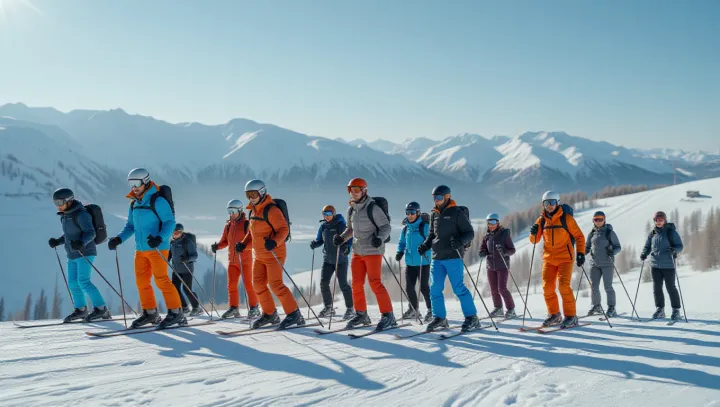Exploring the Spectrum of Skiing Styles

Skiing, a sport that captivates enthusiasts across the globe, is far more versatile than meets the eye. Contrary to common perception, there are several distinct forms of skiing, each offering unique challenges and experiences. This global appeal contributes to skiing's perennial popularity and encourages a broader spectrum of participants.
Among the most widely recognized is Alpine skiing, characterized by its high-speed descents on groomed trails. Originating from the Alpine regions, this style is known for its competitive edge and thrilling downhill races. In contrast, Cross-Country skiing offers a more leisurely but rigorous experience, focusing on endurance across varied terrains.
Predominantly practiced in the Nordic countries, it underscores stamina over speed. Furthermore, Freestyle skiing has gained tremendous traction thanks to its inclusion in international competitions. This style embraces creativity through aerial jumps and acrobatics, appealing to younger audiences and adrenaline seekers.
On the other hand, Backcountry skiing, a more adventurous variant, involves skiing in ungroomed and unpredictable terrains, often requiring a higher level of skill and caution. The diversity in skiing styles enriches the sport, allowing for a wider appeal and participation. As highlighted by experts at the International Ski Federation (FIS), understanding these variations not only enhances individual enjoyment but also facilitates greater global engagement with the sport.
As skiing continues to evolve, its multifaceted nature remains integral to its enduring allure and success on the international scene.
